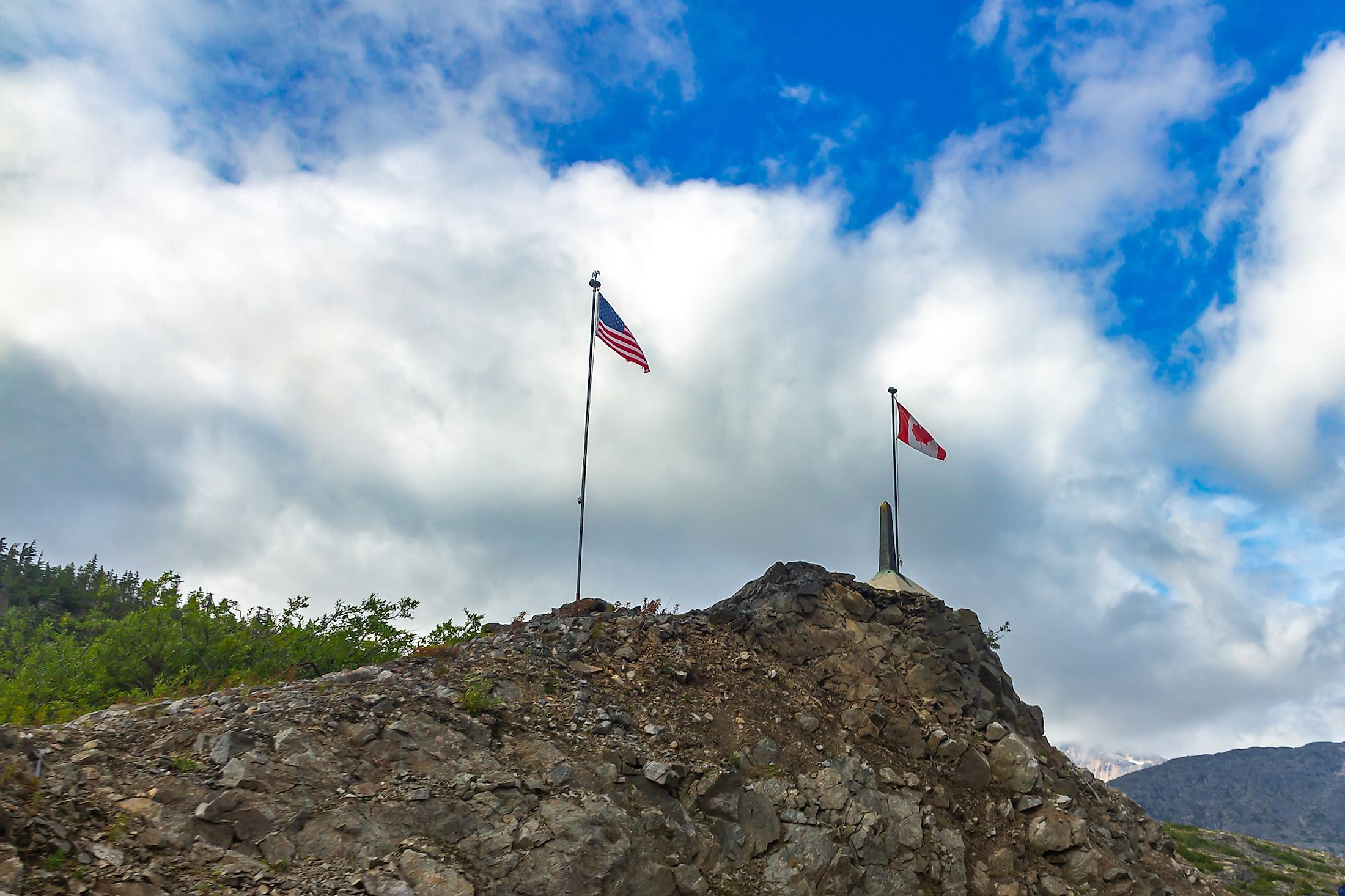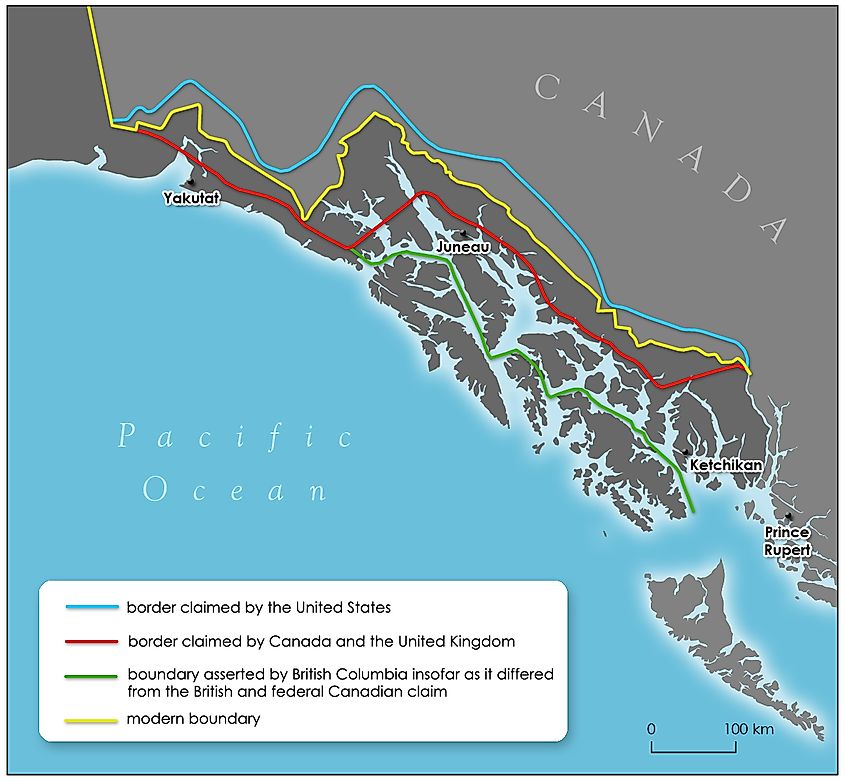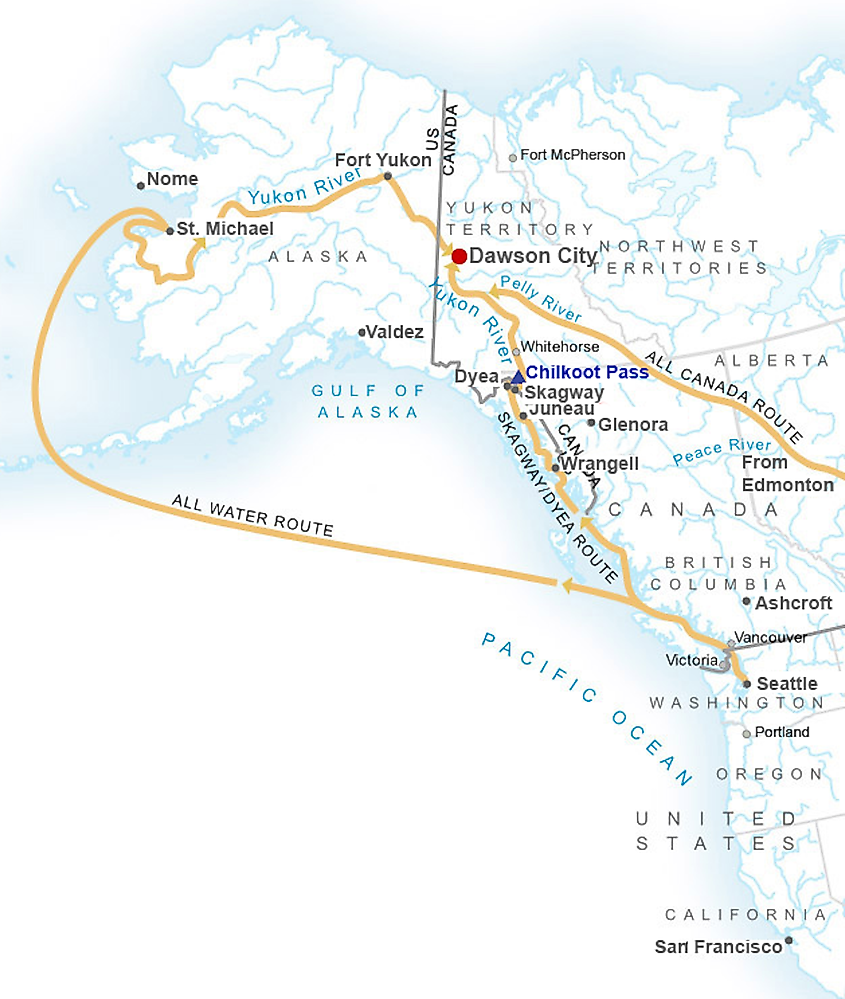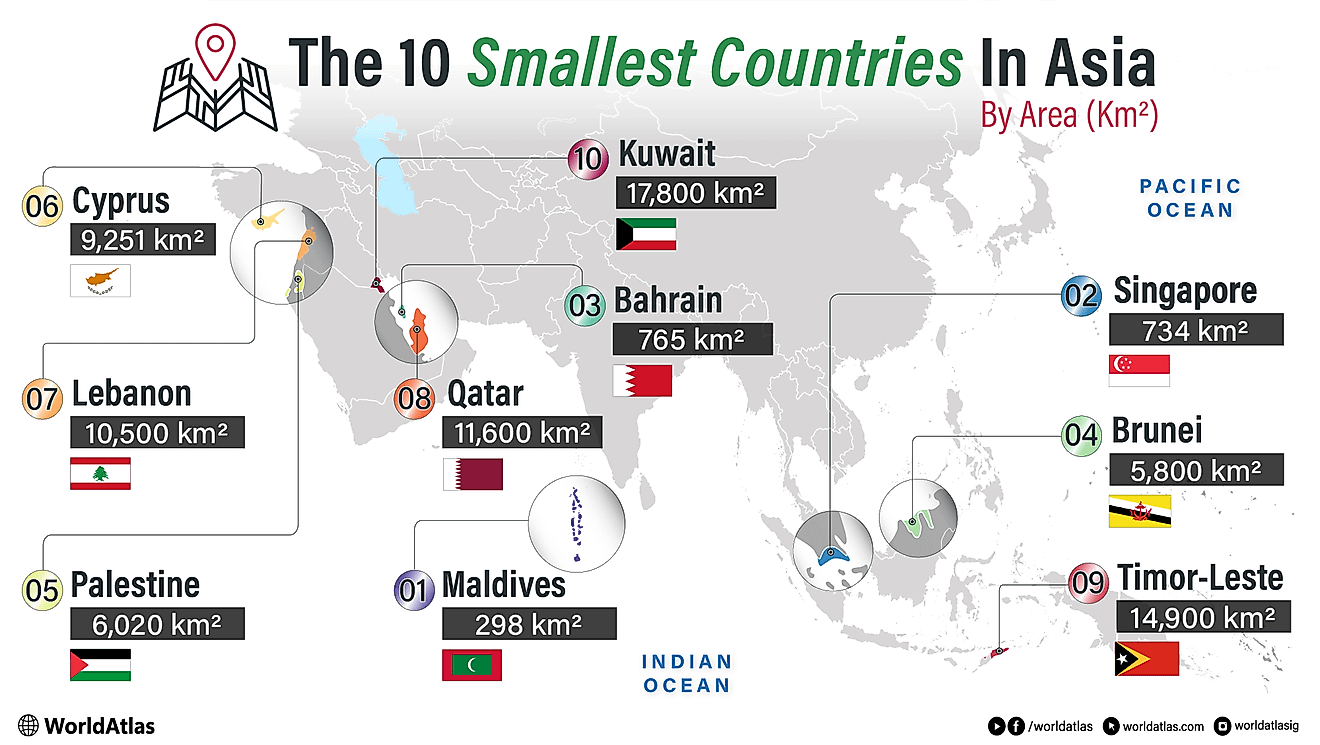
Alaska Boundary Dispute
For centuries, the boundary between the Alaskan Panhandle and Canada was often ignored partly because it was a rugged wilderness. However, the view changed in the late 19th century following the gold discovery in Klondike, with the panhandle offering access to the goldfields. The gold rush in Yukon increased the region’s population, creating the increasing importance of fixing a defined boundary between Alaska and Canada. The British (representing Canada) and Americans failed to agree in 1898. The disputed area, known as Alaska Panhandle, is a complex area comprising channel islands and large fjords. However, the territorial dispute, which dates back to 1821, was finally resolved in 1903.
Early History

The Alaskan Panhandle’s eastern boundary remained unclear throughout the Russian colonization period (the 1780s to 1867). The Russian traders and explorers, who traveled east settled around coastal Alaska, claimed the entire area, including the panhandle, which was an attractive region because of its abundant sea otters and fish. Throughout this period, Americans and the British also developed interests in the area and increasingly encroached on it.
In 1825, the British and Russian governments signed the Treaty of Saint Petersburg, defining their respective colonial borders. The treaty also set the panhandle’s southern coastal border near Prince Rupert, British Columbia. However, the treaty did not clearly define the eastern border because the region was rugged with mountains and the negotiators did not see it as a priority.
On March 30, 1867, the US purchased the entire Alaskan region from Russia. The Alaska Purchase took place at the time when the Russians feared the British would capture Alaska in future wars, while the US was rapidly expanding its influence on the Pacific coast. At the time of the purchase, Canadian colonies were also negotiating for Confederacy, a process that was completed in July 1867. British Columbia chose to join Canada in July 1871, ending the US aspiration for complete control of the northern pacific coast.
Klondike Gold Rush

The Klondike Gold Rush in Yukon began in late 1897, with hundreds of people finding their way to the area. About 100,000 gold prospectors passed through Alaska to the gold rush region, with the area’s population reaching about 30,000. Canada needed a direct route from the Pacific fjord to the goldfield. However, the US wanted to maintain control of the region. But, Canada claimed its territory extended past the panhandle to the pacific coast, a claim the US strongly rejected.
Arbitration
A joint commission comprising the British (representing Canada) and American arbitrators attempted to resolve the territorial disputes in 1898 but failed. The dispute proceeded to the international tribunal, with Henry Cabot Lodge, Elihu Root, and George Turner representing the US, Sir Louis-Amable Jetté and Sir Allen Bristol Aylesworth for Canada, and Lord Alverstone for England. The American and Canadian representatives held on to their claims.
According to the 1825 treaty, the borderline should have been 54 kilometers east of the coast. However, the definition of the ocean coast was unclear. The Americans insisted the coast began where the mainland touched the ocean waters, while the Canadians argued the coast was on the Channel Islands’ western boundary. To the surprise of the Canadians, Lord Alverstone, the Chief Justice of England, supported the Americans. In protest, the Canadians refused to sign the final verdict. However, the resolution was signed and issued on October 20, 1903.
Aftermath
The Canadians rejected and protested the resolution and considered it as a betrayal by the British. Anti-British campaigns erupted throughout Canada, with the country beginning to distinguish its national interest from both the Americans and the British. For instance, Canadians rejected free trade with the Americans in 1911.











